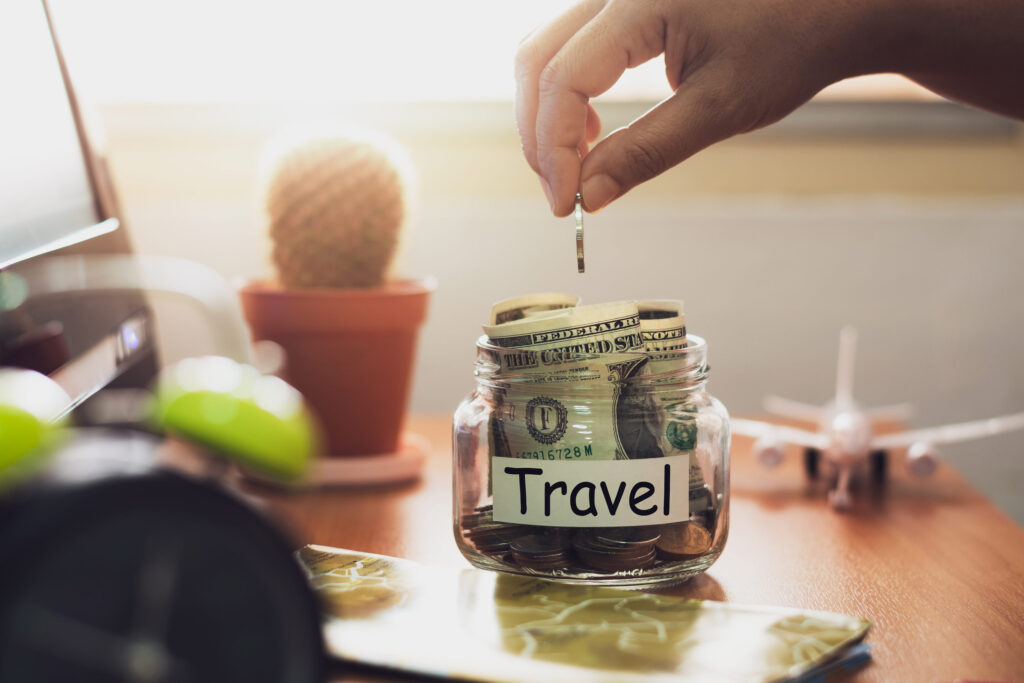
Business Trip Savings: Maximizing Corporate Discounts on Domestic Flights
Corporate travel represents a substantial expense for businesses, but strategic approaches can transform it into a source of significant savings. For companies that regularly book domestic flights for their employees, corporate discounts present a valuable opportunity to reduce costs. This guide explores practical methods to maximize these discounts, ensuring business trips are both efficient and budget-friendly.
The Importance of Corporate Discounts in Business Travel
Corporate discounts are negotiated agreements between airlines and businesses, offering reduced fares on domestic and international flights. These programs are designed for companies with consistent travel volumes and typically include perks such as:
- Dedicated account managers for personalized service.
- Flexible booking policies that accommodate last-minute changes.
- Combined savings that stack with seasonal promotions.
For frequent travelers, these discounts can be combined with loyalty programs, making every business trip more economical.
Strategies to Access and Optimize Corporate Discounts
- Establish Formal Airline Partnerships
Airlines such as Delta, United, and American Airlines offer corporate programs with discounts ranging from 5% to 15% on base fares. Qualification often requires demonstrating a certain level of annual flight spending (e.g., $20,000 or more). Businesses can simplify this process by working with a travel management platform that centralizes negotiations, eliminating the need for direct contracts. - Leverage Group Booking Advantages
When booking airline tickets for groups of 10 or more passengers, group rates can reduce costs by 10% to 30% on domestic flights. A centralized booking system can automate seat allocation and payment processing, which is particularly useful for office trips or conferences. - Use Technology to Track Deals
Set up price alerts for common business routes like New York to Chicago or Los Angeles to Miami. Advanced algorithms can monitor fare fluctuations and last-minute flights, sending notifications when discounts align with your travel schedule. - Combine Discounts with Loyalty Programs
Pair corporate rates with frequent-flyer programs. Employees earn points on business trips, which can be redeemed for future personal travel or international flight deals.

Overcoming Common Corporate Travel Challenges
- Last-Minute Flights: Airlines often release unsold seats at discounted rates 24 to 48 hours before departure. Having a streamlined booking platform allows businesses to secure these deals promptly.
- Policy Compliance: Implement budget rules, such as requiring economy class for flights under five hours, through a travel management dashboard to prevent overspending.
- Multi-City Trips: Utilize a “route optimizer” tool to bundle flights (e.g., Dallas → Detroit → Seattle), which can cut costs by up to 20% compared to separate bookings.
Beyond Domestic: Extending Savings to International Routes
Corporate discounts are not limited to domestic travel. Many programs extend negotiated rates to key international business corridors:
- USA–Canada: Toronto, Vancouver
- USA–Europe: London, Frankfurt
- USA–Asia: Beijing, Tokyo
For example, flights from New York to London booked through a corporate program can average 12% cheaper than public fares.
Case Study: How a Tech Startup Achieved 28% Annual Savings
A Boston-based software company with approximately 50 monthly domestic trips implemented the following steps:
- Enrolled in a unified corporate discount program.
- Standardized bookings through a dedicated travel portal.
- Adopted “off-peak departure” policies, such as scheduling flights on Tuesdays or Wednesdays.
The result was an annual saving of $47,000, demonstrating that minor policy adjustments can yield substantial returns.

Future-Proofing Your Business Travel Strategy
Adopt a balanced approach:
- Virtual Meetings: Reduce non-essential travel and redirect savings toward critical trips.
- Sustainability: Opt for airlines that offer carbon-offset programs, which are increasingly important for corporate responsibility.
- Data Analytics: Use travel management reports to identify savings opportunities, such as unused ticket credits or underutilized discounts.
Conclusion: Strategic Savings and Efficient Travel
Maximizing corporate flight discounts requires foresight, technology, and effective partnerships. By leveraging the right tools and strategies, businesses can streamline the booking of domestic flights, international routes, and group travel while capturing every possible saving. This approach transforms business travel from a necessary expense into a strategic advantage.
Recent Posts
Stop Overpaying for Flight Tickets with These Simple Money Saving Strategies
USA to China Flight Deals Guide for Budget Conscious Asian Adventure Travel
10 Proven Hacks to Find Cheap Flights from USA to Europe Under Budget
Tags

Thailand





